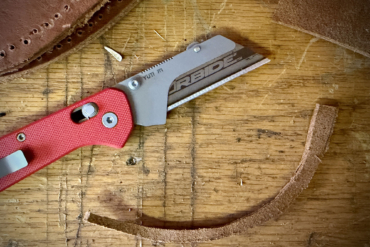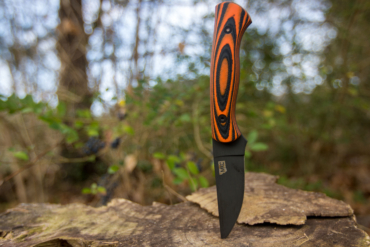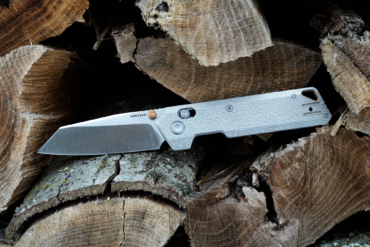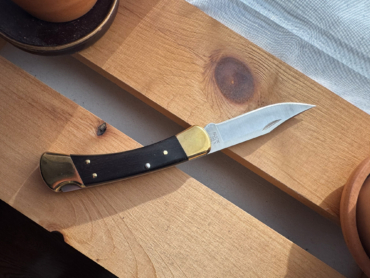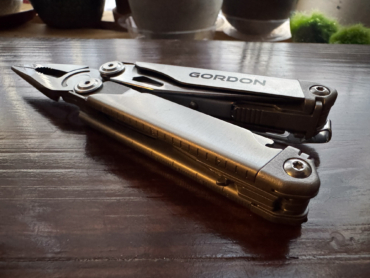Set aside the Opinel knife’s ubiquity and instead dig in on its performance and design. You’ll quickly see that the key to success here is a clever knife that exploits all of the features and materials to the maximum.
Opinel. Just writing the name feels timeless. And it should. These wood-handled pocket knives have been around for more than 130 years. But even today, you still find them for sale everywhere from REI to wine and cheese shops.
There are some real limitations to the Opinel design, which I will get into below, but there is no denying that this is not just a good value, but a truly excellent pocket knife — even in the world of carbon fiber handles and powder steels.
The No. 7 suggests a terrific value — priced under $20. But in an industry where you most often get what you pay for, we wanted to see if this iconic blade still holds an edge over the competition.
And because Opinel knives riff on a single theme, testing one should reveal if the brand at large still has what it takes to craft a winner.
Opinel No. 7 Knife Review
Opinel Knife: Specs
- Steel: XC90 carbon steel
- Grind: Full flat grind
- Lock: Collar lock or “Vibrolock”
- Blade length: 3.07 in.
- Handle length: 3.93 in.
- OAL: 7 in.
- Weight: 1.4 oz.
- Price: $16
- Country of origin: France

A Slice of History
The Opinel design is old, invented by Joseph Opinel in 1890. The design was refined in the 1950s with the addition of the collar lock, called a “Vibrolock” in Opinel advertising material.
The original was the No. 8. Since that design, other sizes were released, all with different numbers. Those smaller than No. 8 are smaller knives; those bigger than No. 8 are bigger knives.

Timeless Construction
This iteration of the No. 7 that I reviewed is approximately 30 years old. It has been used regularly, largely for food preparation while on hikes, camping, and on picnics.
It has also been carried as an EDC for weeks at time. Other than stropping and oiling the blade there has been no significant maintenance performed. The fact that the knife is in such good shape is a testament to the strength of the original design. There may be slight differences between this No. 7 and the current No. 7.
Much of the core construction remains the same, but some material and aesthetic updates have occurred (more below). But a quick glance at the modern Opinel, it’s virtually indistinguishable from the model I received decades ago.

The core of the knife is a single piece of beech with a blade well running down the middle. The beech handle is sculpted to allow for a palm swell and mild beak toward the end of the knife.
The pivot rests underneath the collar, which twists into place once the knife is deployed, locking the blade open.
The knife blade is a clip point with a nail nick for deployment. As the collar wears into the blade, it twists further to maintain a solid lock up throughout the life of the knife. The blade itself is made of high-carbon steel, common to kitchen knives.
It maintains an edge and sharpens like a dream, but is not very rust-resistant.
Overall, the Opinel Design Is Quite Nice

The blade is very thin and slices quite well. The lock is easy to use, though it is two-handed, as is deployment. The handle shape is very pleasing, fills the hand well, and has enough grain to provide a good grip.
Interestingly, this knife is small in the pocket and exceedingly light. Though the blade length is roughly the same, the No. 7 weighs less than even the ultrapopular, ultralight Benchmade Bugout (getting under it by more than half an ounce).
Beech is a very hard and strong wood, so there is no flex whatsoever in the handle.
For $16, the No. 7 is a no-brainer for knife fans, folks that like to do a bit of food prep with their pocket knife, or someone looking for a quirky, but useful carry.
It also appeals to ultralight backpackers, given its size and weight.
Drawbacks
There is one drawback to the classic Opinels: They are more susceptible to damage from water than any other knife. The metal components do rust, which is not the end of the world, but the unsealed (though varnished) handles swell when exposed to water.
That said, Opinel also offers a lineup of anti-corrosion stainless steel options as well.
The swelling is serious enough that a full submersion in water could kill the knife, as the blade would not be able to fold into the blade well and would likely warp or break the collar and pivot.
Conclusion
This drawback, compared to all of the advantages, still makes the Opinel an excellent blade. Toss in the price, which is about the cost of lunch, and you have a gem.
It has stuck around this long because even with this one flaw, it is outstanding. Highly recommended.



